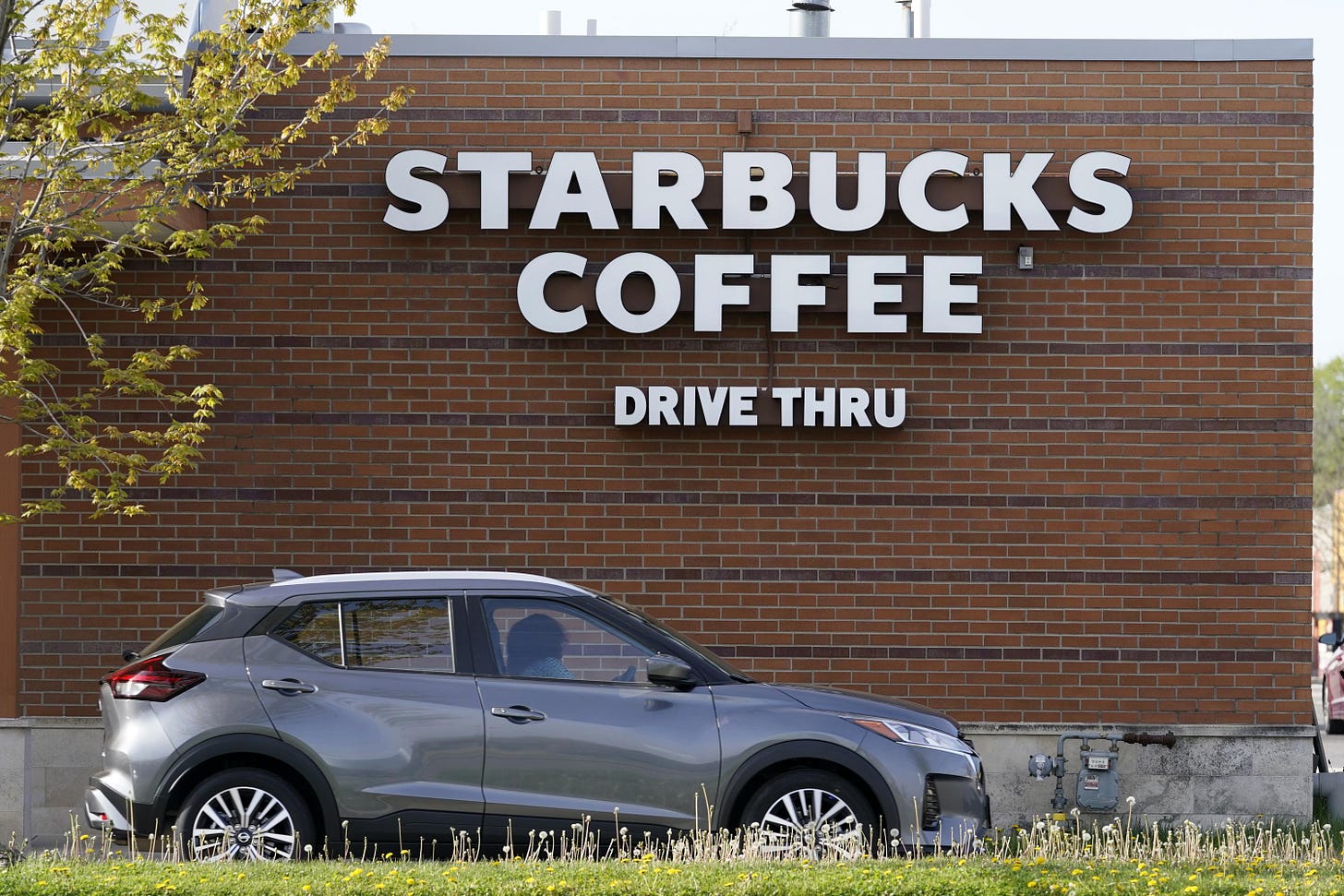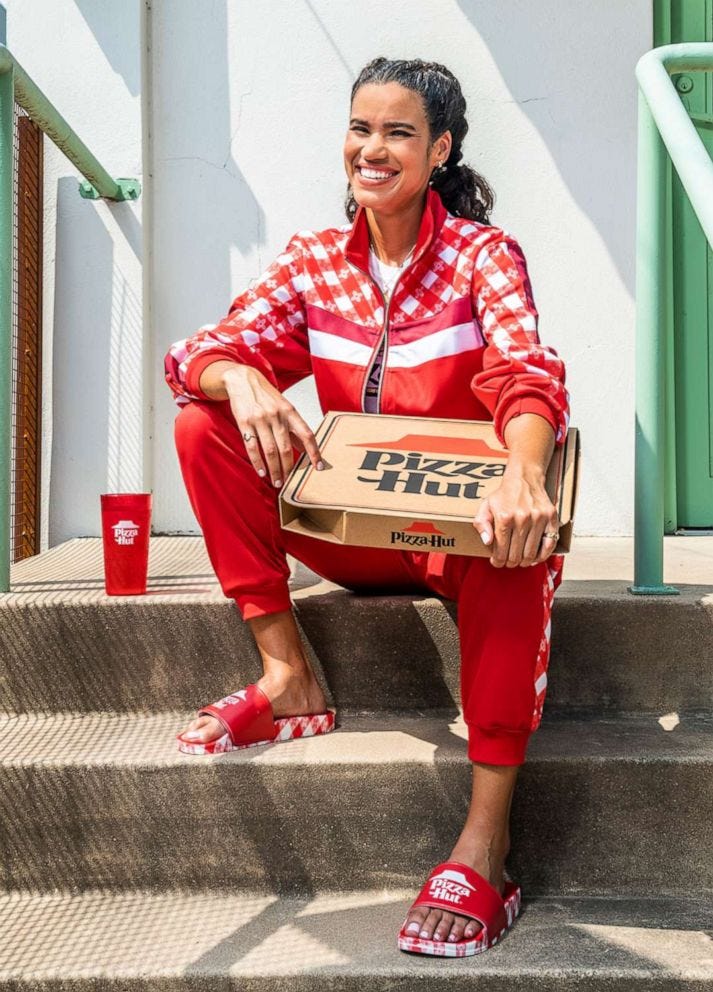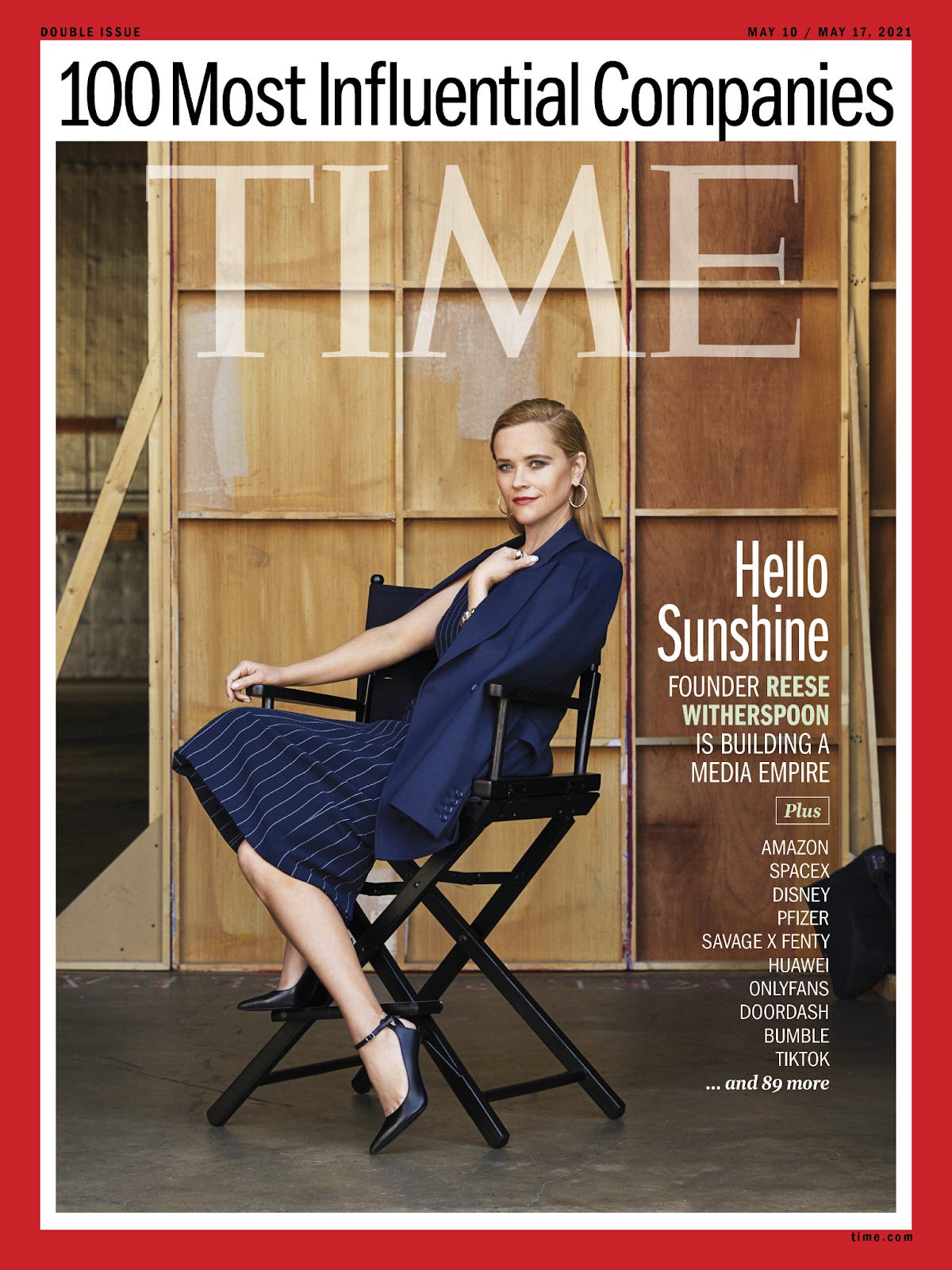Welcome to 3-2-1nsight from Marketing Sciences.
We had 10 new subscribers join last week. Welcome, and thank you for subscribing. If you like what you’re reading, please continue sharing it with your friends or colleagues. As always, contact me with any questions or comments.
Today we look at the most recent reports from QSR and fast food. Fast food, often goes undiscussed but has dramatically changed due to the pandemic. The most recent Q2 results showcase how much things have changed. With all fast food chains prioritizing digital orders and rolling out loyalty programs, they’ll soon have to compete against another not on flavor, price, or menu selection. Instead, they’ll have to find new ways to flex in order to influence how consumers decide what fast food to order.
As well, I have a follow-up to the previous Bespoke Media Acquisition’s newsletter, as the WSJ reported yesterday that Reese Witherspoon’s Hello Sunshine media company has been acquired, and it was not by a tech giant.
And as always, download my 130 slide consumer research deck looking at the future consumer in 2021, It’s a ton of primary research, and you can download it for free.
3 Stories
Burger King plots its strategy to regain its momentum - Restaurant Business Online
Burger King’s parent company last week unveiled its Q2 results. The big takeaway, digital orders for the parent company grew nearly 60%, but Burger King is too slow and unfocused as it only grew in-store sales by 13%. Restaurant Brands International CEO, Jose Cil consistently expressed his unhappiness with the brand’s ability to be more relevant to consumers both digitally and in-store. The brand believes it has huge opportunities digitally and is looking to copy Tim Horton’s (another portfolio company) push into digital ordering and loyalty.
Starbucks Earnings Crushed Expectations. Why Its Stock Is Dropping. - Barrons
Starbucks had an absolutely monster quarter, yet saw its stock drop immediately after. Analysts were concerned about Starbucks’ ability to grow internationally, but also about the labor and supply issue that has plagued so many restaurants as the US has reopened. Starbuck’s provided adequate answers to all those concerns but still could not get Wall Street to look away from the broader sector headwinds, despite seeing record loyalty program sign-ups, increasing digital orders, and amazing revenue.
Relive the Pizza Hut of Your Childhood with Red Cups and More Throwback Merch - Yahoo
Not to be outdone by McDonald’s latest announcement that the Saweetie Meal is coming in August, Pizza Hut unveiled its latest push into the cultural sphere by launching its new streetwear, dubbing it as Tastewear. This is a greater part of Pizza Hut’s earlier Newstalgia campaign as they continue to cross into culture rather than going to Flavortown. Capitalizing on their brand recognition amongst older millennials, Pizza Hut created the campaign on the insight that so many customers remember their first time going into Pizza Hut as a child, and wanted to tap into that nostalgia by putting a contemporary twist to celebrate all the things people love. At first starting with pins and classic arcade games, the brand has now moved into fashion.
2 Takeaways
Food companies with robust pre-pandemic digital plans are thriving
As Burger King tries to find its footing, it becomes clear that the pandemic has changed how consumers eat fast food. Comparing Burger King to its parent company (Restaurant Brands International), the parent company saw domestic digital sales grow nearly 60% year over year. Meanwhile, Burger King only saw a store sales increase of about 2% on a two-year basis, while McDonald’s saw a 15% increase in sales for the same period. McDonald’s focus on digital allowed them to accelerate their growth and restructure their entire narrative, and that focus on digital allowed McDonald’s in the first half of 2021 to see sales across its top six markets reached nearly $8 billion, a 70 percent increase over last year. Rather than stop at digital order’s McDonald’s, (McDonald’s already has more than 22 million active MyMcDonald’s app users in America) it’s doubling down by pushing out a brand new loyalty/rewards program that already has over 12 million enrolled in the program with no national advertising. Instead, it’s using its authority in culture to double down on its Famous Order series, with a new Saweetie Meal, coming hot off its most recent Travis Scott and BTS collaboration. By leveraging its standing in culture, it’s showcasing its convenient digital order flow, and getting more sign-ups into its loyalty program without needing to tell people about its loyalty program.
Labor and supply costs remain to be the industry’s boogey man concern.
Despite Starbucks seeing its Rewards loyalty program increased 48% year over year and expanding its digital customers base to 24.2 million new accounts, the chain still saw its stock drop. Starbucks unlike other fast food or QSR brands has leveraged its digital ecosystem to account for 51% of all spending in U.S. stores, an 8% increase from pre-pandemic levels. Starbucks continues to sell its vision of “the great human reconnection,” as they saw for the first time in 11 quarters that non-reward customer spend outpaced loyalty spend. Yet, during their Q2 call, all analysts could talk about were higher labor, supply costs, and international growth. Yet, even though Starbucks had an answer to all those questions (they’re pushing more expensive cold drinks to offset labor costs, they have more than a year’s worth of beans locked in at a lower price, nothing is happening in China that gives them any pause), they are still judged by those parameters, as those uncertainties plague everyone’s mind as the country begins to reopen. Starbuck’s impressive progress in digital orders, loyalty, still could not offset the labor/supply concerns showcases why it’s so important that fast-food companies remember their script rather than let market conditions dictate the conversation.
1nsight
Fast Food has never been about the flavor but the pandemic highlighted its strength in culture and convenience, which are the most critical components for any loyalty program.
Fast Food has never been about flavor, despite what every marketing executive has tried to sell to the American consumer over the years. Instead, fast food has always been about convenience, and for Gen X and Millenials, it now has authority in their collective culture. For many readers of this newsletter, I know the mention of McRib or the Noid triggers a certain nostalgia or google when it’s McRib Season.
Fast food’s superpower over popular fast-casual chains like Chipotle or Shake Shack is their convenience, speed, and place in culture. It’s easy to improve speed and convenience through technology, as we’ve seen Chipotle so successfully employ. But you can’t use technology to cheat your way into culture. Fast food has finally figured this out, as Pizza Hut leans into fashion to extend it’s brand rather than create more incentives for their rewards program. Pizza Hut is an amazing case study as prior to the pandemic, all pizza chains had to win at digital in order to remain competitive. Having already capitalized on digital, in order to continue growing, pizza chains don’t need to get more convenient or taste better, they need to get more relevant. It’s more important to see your favorite Tiktoker wear Pizza Hut merch or see a Twitch star eat a slice of the Edge than it is for any pizza chain to run an app install campaign.
Which gets us to Starbuck’s and how they lost the script about their cultural authority. From a business operations standpoint, Starbucks proved on their call that they are best in class. They have successfully executed at every level from digital growth, increased orders, and supply/labor constraints, yet they’ve been unable to convince either Wall Street or Main Street that they have it in them to create a cultural moment that extends it beyond the realm of coffee. By being stuck and only relevant to coffee, analysts will only ask about coffee constraints and get fixated on the market and industry rather than the company. If this were Tim Horton’s or Blue Bottle, it’d be a different story, but what’s frustrating is that Starbucks has cultural authority. They even mentioned it on the call but didn’t realize it, as they were trying to answer a question about labor and supply cost increases.
Starbucks is selling record levels of cold drinks and pushing users to order more cold drinks, in their app. Rather than say that line as just an answer, maybe next time they should take a page out of McDonald’s playbook, and start selling Ariana’s Grande Frappuccino.
Fast food never was about the food or the flavor, and as the pandemic changed how everyone purchases food, fast food brand’s need to worry less about the “I want it, I got it” of fast food ordering and more about its “happiness is the same price as red bottoms” spot in culture.
Last Week Follow Up
Reese Witherspoon's Hello Sunshine to Be Sold to Media Company Backed by Blackstone - WSJ
Following up on the 7/15 Newsletter regarding Bespoke Media Acquisitions, news came yesterday that Reese Witherspoon’s Hello Sunshine will be purchased by a yet unnamed Tom Staggs and Kevin Mayer run media company that’s backed by Blackstone. This is relevant as rather being purchased by a major tech platform could justify an enormous valuation price because entertainment isn’t their primary business. Instead, more often, the halo effect that comes with a famous founder-backed production/media company goes beyond what shows up on a spreadsheet as these types of acquisitions are not based on any multiple or earnings or revenue, especially if the acquirer is a tech giant. Instead, now with Mayer and Staggs entering the fray, the content business is about to get a whole lot more interesting.












